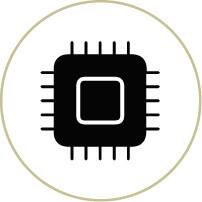Abstract
With the ever-increasing investment in engineering resources required to develop a connected product, it’s no surprise that managers are under pressure to find ways of protecting their investment. This pressure flows down to development engineers who are asked to come up with solutions to ensure the company’s valuable software is protected. There are many solutions available to help protect software, but a key factor that is often overlooked is the security of the manufacturing process that programs the software into the bare-metal micro-controller.
Can the process be trusted? And how does “Secure Provisioning” come into the equation?
In this whitepaper we will highlight four key areas of security, explain how they relate to the manufacture of a secure product, and show why secure provisioning should not be overlooked during product development.

Encryption

Root of Trust

Identity


